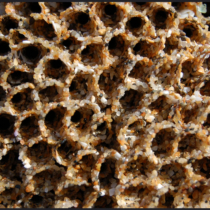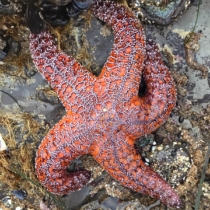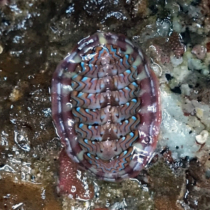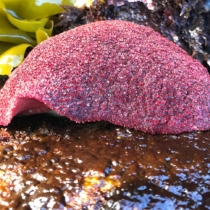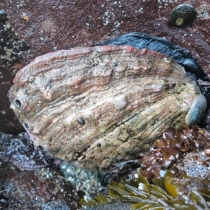Having grown up in San Francisco, I was exposed to the endless nature that Northern California has to offer. I spent my childhood exploring the waters of Baker Beach, surfing the Northern California coastline and hiking and camping in the beautiful mountains of Desolation Wilderness. Waking up early for school every morning was made more enjoyable by the sound of the foghorn—which I have come to love—and the faint smell of the ocean. My interest in nature and the ocean was ingrained in me from a very young age, and was further developed into a passion through the exposure and experience I gained in my coursework at The Branson School. Each morning, as I crossed the Golden Gate Bridge on my way to school, I took in my surroundings—the fog hugged the tall pillars of the bridge and the rugged cliffs dropped steeply into the churning waters of the vast Pacific Ocean. I watched whales and dolphins splashing in the water from my car window. Questions started to pop up in my head. What caused the fog to concentrate in the bay and then disperse almost immediately upon entering Marin? Why were the whales more active during certain months of the year? How did this whole ecosystem work? My interest was sparked and my curiosity craved answers.


 Gianna, Jack, Peter, and Nathan
Gianna, Jack, Peter, and Nathan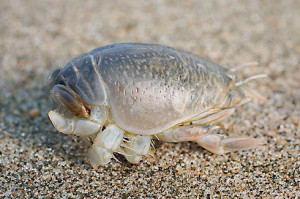 by Brian, Somari, and Charles
by Brian, Somari, and Charles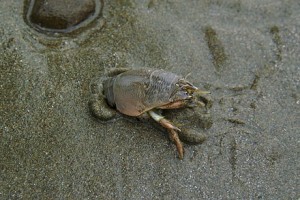 by Julia, Olivia, and Thomas
by Julia, Olivia, and Thomas
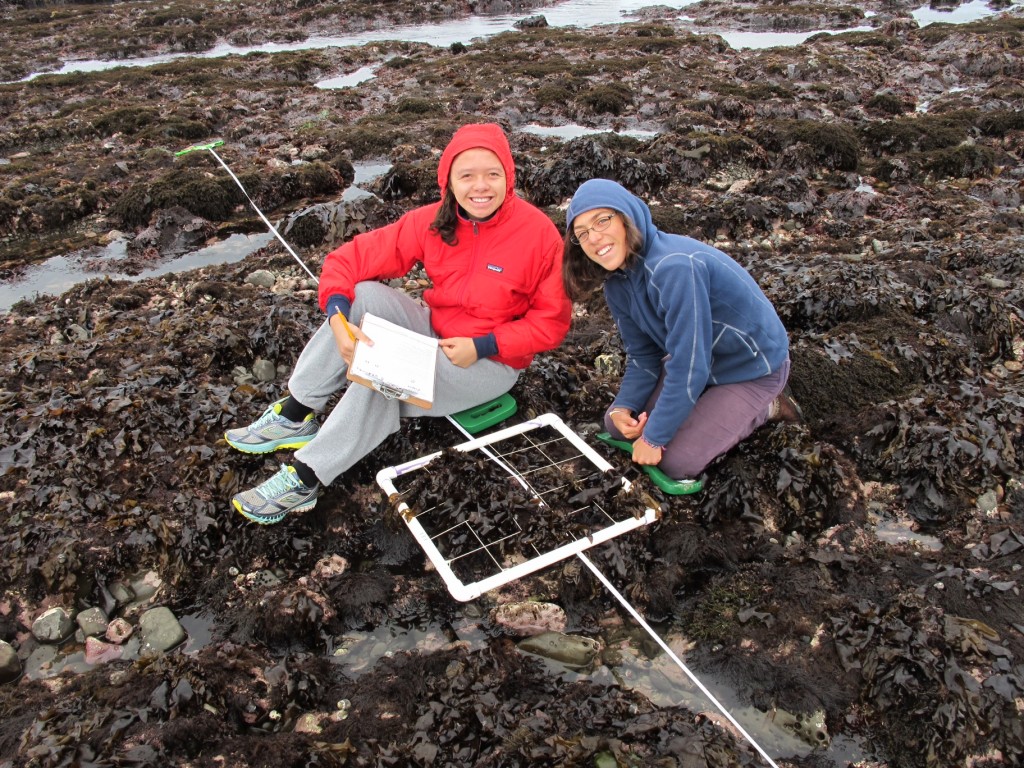
 our monitoring site since 2000. Peers from the Branson School enthusiastically shared anecdotes of past monitorings, marveling at the striking stripes of Anthopleura sola, also known as sunburst anemones, colorful, alien-looking nudibranchs, or stunning magenta sunsets they had witnessed. Scarcely anyone was on their phones (a rare occurrence for teenagers), and people seemed almost giddy to be outside and immersed in the cool, salty ocean air.
our monitoring site since 2000. Peers from the Branson School enthusiastically shared anecdotes of past monitorings, marveling at the striking stripes of Anthopleura sola, also known as sunburst anemones, colorful, alien-looking nudibranchs, or stunning magenta sunsets they had witnessed. Scarcely anyone was on their phones (a rare occurrence for teenagers), and people seemed almost giddy to be outside and immersed in the cool, salty ocean air.







